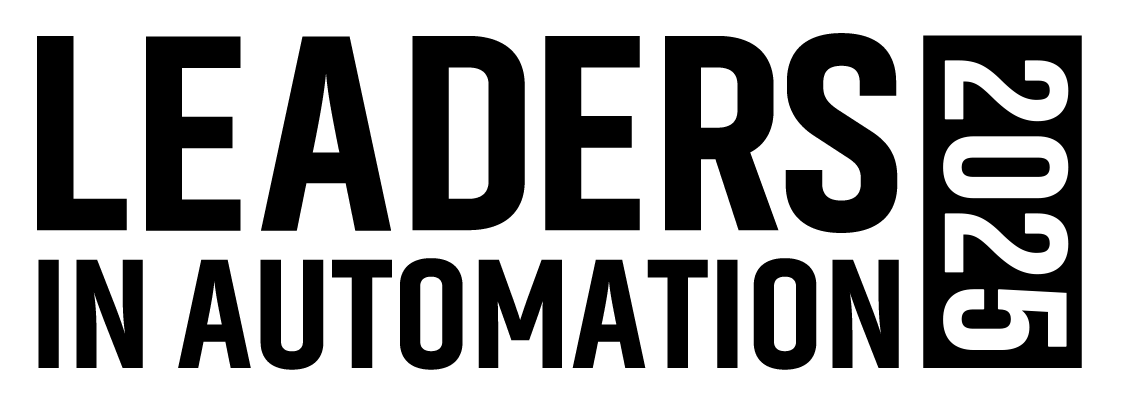How Digital Threads Take PLM to a New Level
Why this article is worth reading:
- Discover how digital threads enable real-time decision-making, improve agility, and aligning with manufacturing demands.
- Learn practical steps, from data governance to interoperability and scalability, to construct effective digital threads and address legacy systems and data inconsistency issues.
- Get insights on the key areas of profitability, customer satisfaction and sustainability that digital threads support.
Digital threads — continuous, integrated data streams spanning the product lifecycle — transform PLM (product lifecycle management) into a strategic asset, enabling real-time decision-making and agility. In effect, digital threads supercharge PLM, making it more intelligent, agile and better aligned with modern product development.
Digital threads have become so valuable so quickly because they ensure a seamless flow of data across the lifecycle of a product or system — from design and engineering to manufacturing and maintenance. This steady flow of information unlocks myriad benefits, including enhanced traceability, data-driven decision-making, improved collaboration, enhanced predictive maintenance and reduced waste.
To take full advantage of digital threads, it is imperative for companies to understand common obstacles that can arise and the critical actions and technologies they can use to overcome them.
Digital threads: the backbone of the modern value chain
In the manufacturing industry, digital threads serve as a data backbone, supporting collaboration, traceability and faster decision-making across the entire product lifecycle.
Siemens integrates digital threads across its entire digital enterprise framework. It uses its Xcelerator platform (which includes PLM tools like Teamcenter, CAD software like NX and manufacturing solutions like Opcenter) to link every step of the product lifecycle.
Duro Labs reports that aerospace companies use PLM and digital threads to “track every component from design to production.” This tracking process enables manufacturers to examine everything from materials to suppliers to the manufacturing process to determine exactly why a product didn’t perform as expected. With results like this, it is little wonder that two-thirds of manufacturers now say digital thread integration is “critical” for achieving business goals.
How to construct effective digital threads
Constructing a robust digital thread within a PLM ecosystem requires a structured approach and enabling technologies. The following steps ensure alignment with business priorities and technical reliability:
- Define objectives. Set measurable goals, such as reducing time-to-market by 25% or defect rates by 20% to guide scope and ensure stakeholder alignment.
- Establish data governance. Standardize formats for data exchange between the various systems. Create a semantic data model, which includes defining data entities and their attributes and relationships to capture their meaning and context.
- Enable interoperability. Use representational state transfer (REST) application programming interfaces (APIs) based on OpenAPI specifications for real-time, stateless data exchange. GraphQL, for example, supports complex queries for design data, while Apache Kafka enables asynchronous streaming for the Internet of Things (IoT) inputs, ensuring scalability and low latency.
- Pilot and scale. Test the thread on a single product line, measuring outcomes like 15% error reduction, then scale enterprise-wide with cloud-native infrastructure.
- Monitor and optimize. Deploy analytics dashboards to track key performance indicators (KPIs), such as data latency and uptime, and use feedback loops to refine performance and ensure sustained effectiveness.
In addition, choosing the right technologies is essential to digital thread success. The most used technologies for digital threads include APIs, such as RESTful, GraphQL and gRPC); cloud-based PLM such as Siemens Teamcenter X, PTC Windchill+ and Autodesk Fusion Lifecycle; artificial intelligence (AI) tools like Tensor, PyTorch and OpenAI; and an integration framework to process synchronous and asynchronous data transfers.
Digital thread challenges
Often, challenges arise during digital thread implementation. Here is how to address the most common issues:
- Legacy systems. Older systems lack API support. Migrate legacy systems to cloud-based or hybrid PLM systems.
- Data inconsistency. Disparate formats cause errors. Establish data governance and data clean-up guidelines and follow them closely.
- Change resistance. Offer quality training programs to end users to reduce resistance to change.
- Scalability issues. Utilize modular and microservices architecture and cloud-native infrastructure to scale more seamlessly.
- Security issues. Prepare enhanced security protocols for data exchange, such as end-to-end encryption and access controls.
Effectively measuring the successful implementation and ongoing maintenance of digital threads starts with defining metrics. It is best to align metrics with business objectives, like time to market and quality improvement and make each metric specific, measurable and tied to value chain outcomes.
It is also imperative for companies to closely monitor their digital threads, paying particular attention to data flow, system performance and user adoption. Organizations can use insights from monitoring and stakeholder feedback to refine their digital threads.
Additional steps for success include iterative refinement, which includes collecting input from cross-functional teams to assess usability and effectiveness, conducting periodic assessments to evaluate KPI performance against the baselines, and identifying areas for optimization through upgrades and process tweaks.
How digital threads benefit modern manufacturing
Discrete and batch manufacturers that take the time to implement digital threads correctly and are diligent in monitoring their performance can reap numerous benefits, such as:
- Profitability. Digital threads streamline processes by eliminating data silos, reducing manual rework and accelerating decision-making.
- Customer satisfaction. Digital threads enhance customer trust and loyalty by ensuring consistent, high-quality products.
- Sustainability. Digital threads support sustainability by optimizing resource use and enabling lifecycle tracking for eco-friendly decisions.
More digital thread content from Automation World:
About the Author
Pritesh Bhadane
Pritesh Bhadane is a principal architect recognized for driving innovation and streamlining product development processes in global organizations. He has more than two decades of experience in product lifecycle management (PLM) and enterprise application integrations and has orchestrated numerous data synchronization and digitalization efforts that resulted in enhanced operational efficiency and cost savings. Pritesh also has experience in end-to-end project management, Lean Six Sigma methodologies, and process improvement. Contact Pritesh on LinkedIn< https://www.linkedin.com/in/priteshb/>.


